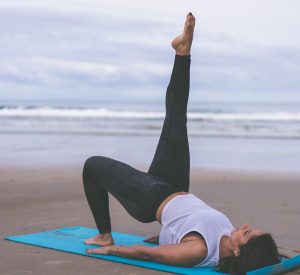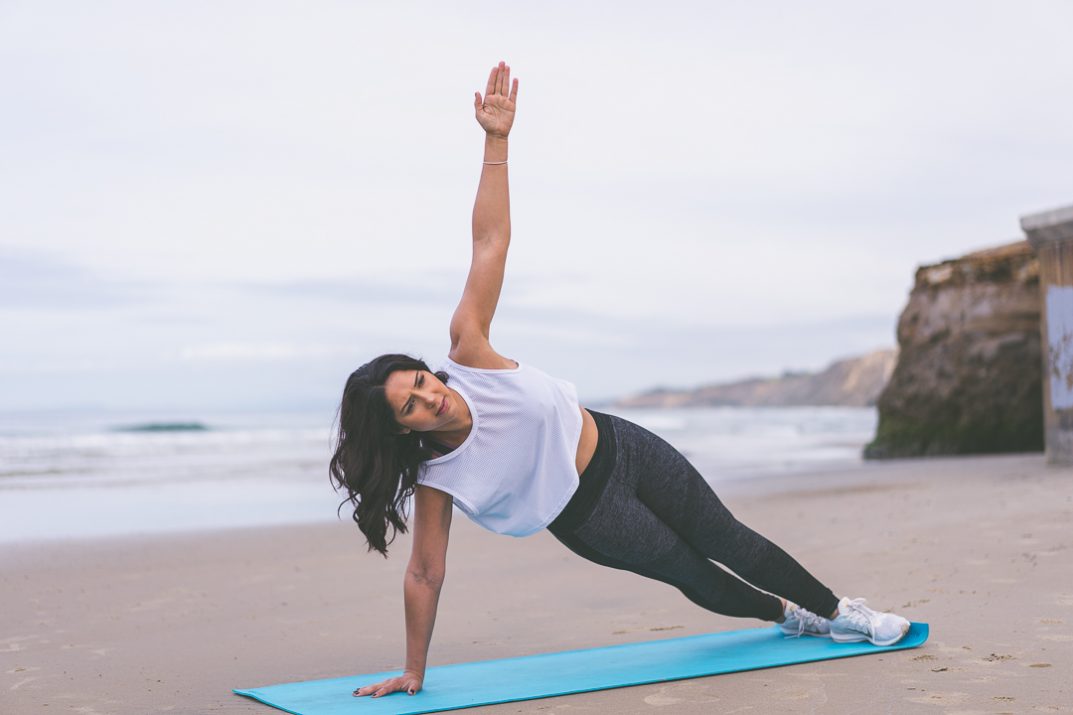Years before I became a Pilates teacher, I found myself in fitness classes that claimed Pilates to be the bedrock of its workouts but was nothing more than creative takes of dance routines with a few core exercises sprinkled in.
Pulsing, crunching, and bopping around to “feel the burn” is not Pilates, though I enjoyed the novelty of it all.
There is so much magic in Pilates, and pretty often someone will ask, “What’s the difference between Classical and Contemporary?” or “Lagree versus Classical?”
It’s All in the System
Classical Pilates refers to the exercises that Joseph Pilates created and placed in a specific order. His approach was to use all of the apparatus – the cadillac, reformer, char, ring, baby chair and more – as a system.
Working within the system and fine tuning your movement from there can not only change the way you look, feel, or move, but has proven to change the body in miraculous ways! I rehabbed my shoulder impingement after years of nagging pain with Pilates and used it to keep my body healthy while training for three powerlifting meets.
Know what got me there? Classical Pilates.
The Classic Pilates System takes all the guesswork out of what you, the student, need to do next. The order of the exercises, from mat to reformer, build off one another so that when you do reach the more advanced, complicated exercise like boomerang , balance control off or snake & twist, you have prepared, lubricated, and opened up all the necessary muscles, joints, and ligaments that will make that exercise successful.
, balance control off or snake & twist, you have prepared, lubricated, and opened up all the necessary muscles, joints, and ligaments that will make that exercise successful.
The caveat is: Classical Pilates is a lifelong endeavor! Rarely will someone nail the exercises on the first try, even if it appears to look good or the individual is strong and ripped. That is the beauty of Pilates as well. The work is constantly evolving and the only way to perfect anything is to continue to practice it.
When I take my clients through a Pilates routine with the apparatus, I tend to mix equipment or stay within the order with one. The mat work and reformer orders is perfect for this, and even more exciting is helping a student or client finally click with an exercise simply by doing it on another piece of equipment.
Is Contemporary Pilates Worth It?
Any form of movement you enjoy doing is worthwhile, even if it deviates outside of the Classical order that Joe created. Contemporary Pilates, however; often steers so far outside of true Pilates principles that it borderlines a series of circus tricks. Studios that market booty sculpting Pilates classes or Cardio HIIT Pilates aren’t practicing the real Pilates Method. At best, it’s a remix of aerobics, dance, yoga, and Pilates exercises. At worst, these workouts are nothing but a good time and resolve nothing at all.
Contemporary Pilates as I view it is anything outside of Method or system that Joe created. I truly do love and respect a well-designed and thought out contemporary Pilates programmed that remains based in exercise science and Joe’s principles. STOTT Pilates, the organization I was first taught and certified in, is contemporary and founded on the most recent exercise science. It takes a very clinical and textbook style approach to Pilates, which is wonderful for the science geeks but still veers outside of the Order and the System that Joseph created.
What you want to watch for with contemporary Pilates is how well the teacher can blend in modern scientific principles into the Pilates exercises she or he is teaching. For example, as someone with a strength training background and personal trainer, I can easily apply what exercises we do in the weight room on the equipment.
- A bodyweight deadbug can be practiced on the Caddillac or Reformer to teach belly bracing and core activation for lifters.
- The Shoulder Bridge exercise on the mat or training floor is transferable on the Chair to teach pelvic control and activating the backside of the legs.
- A plie for a dancer becomes the sumo stance for my lifters in a Pilates class.
A Delicate Balance
I was originally trained and certified via contemporary Pilates, but the method didn’t make sense to me as a teacher and student until I studied under a Master Instructor of the Classical method. I quickly realized that the entire Pilates System worked just as Joe had intended, and there was little to no reason to veer outside of that box.
My approach to Pilates today is very much rooted in the Classical tradition. Due to my background, I know how to change, tweak, or upgrade those exercises to fit my client’s lifestyle and goals (the majority who are lifters and very active) and that’s when contemporary style is a fine addition. It’s a challenge and unique situation to be in as a teacher – I want to teach the Method but like most instructors, worry that my student or client might get “bored.”
The reality is, that if you’re doing the real work in Pilates, the classic order is never boring! Like lifting weights, the basics always work and never go out of style.
Pilates truly is magic!


